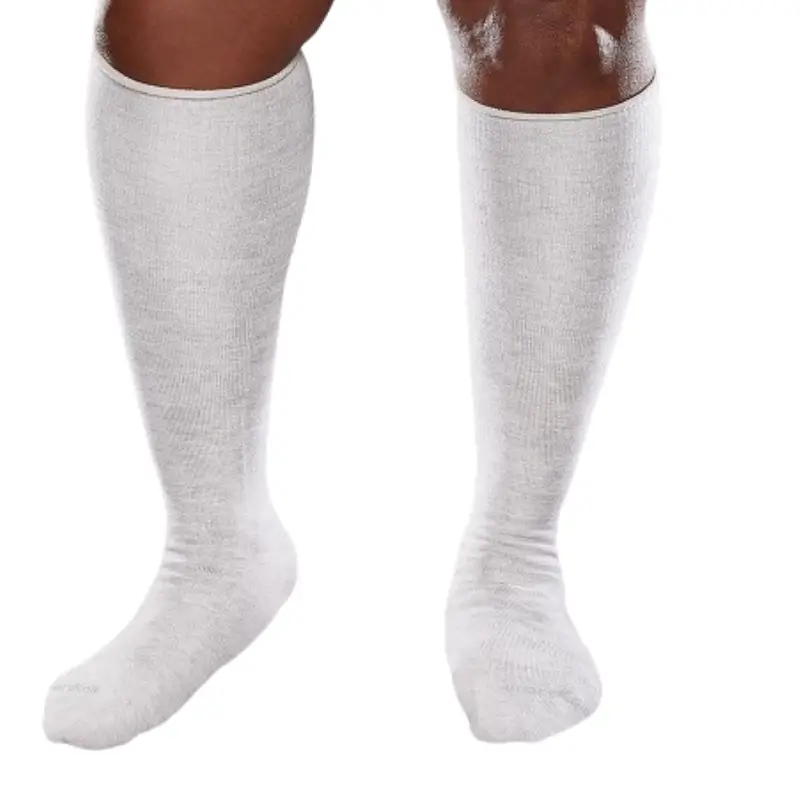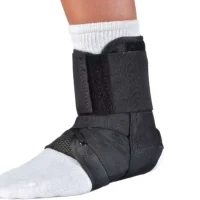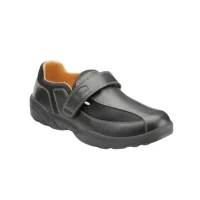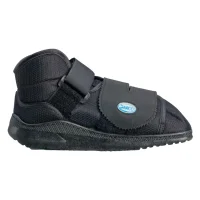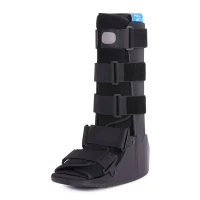Description
Diabetic Seamless Over-the-Calf Socks are recommended for people with diabetes, arthritis, sensory processing disorders, or any condition where protection from irritation is important. This is the longest-length seamless sock that covers the full calf and finishes just below the knee.
Diabetic Seamless Socks are completely free of seams. The product is knit just like a caterpillar knits a cocoon, from the toe up, eliminating all lumps and bumps.
Features:
- Truly seamless construction prevents blister-causing pressure points & irritation
- Comfortable non-binding elastic-free “Halo-Top” helps prevent painful leg indentations while stopping socks from slipping down
- The form-fitting design fits like a second skin with no wrinkling or bunching reducing circulation restrictions
- Super soft material
- High-tech moisture-wicking fibres
- Corespun yarns deliver superior stretch and rebound.
- Conforms to any size or shape leg.
- Easy to put on
- Full calf-length style sock
- Polyester/Lycra
- Breathable Latex-Free fibres
- Machine washable
- 100% USA made
- Colour: White only
Benefits:
- Truly seamless construction provides relief to adults with sensitive skin, sensory and tactile needs, or foot sensitivity due to diabetes or arthritis
- The super soft material is made for comfort
- Form-fitting design reduces wrinkling and bunching
- Featuring Coolmax polyester, the high-performance, four-channel fibre that wicks away moisture and speeds drying time. Moisture wicking ensures a dryer garment and helps prevent odour.
- Reduces irritating indentations
- Lightweight and breathable
Best used for:
- Diabetes
- Arthritis
- Sensory Processing Disorder
- Swollen lower leg, ankle or feet
- Anyone who has foot sensitivity or is irritated by seams
- Foot perspiration
What to look out for when using Compression Garments
All compression garments should be purchased once you have consulted your healthcare professional for a comprehensive vascular assessment and screened for any underlying medical contraindications.
When using compression garments self-monitoring is essential for signs of:
- ischaemia (reduced blood flow)
- altered or loss of limb sensation (pins and needles or limb numbness)
- altered skin colour
- presence of pain
- increased swelling
If any of these signs appear remove the compression garment and seek medical advice immediately.
Absolute Contraindications (When NOT to Use Any Compression Garments)
Contraindications for compression garments include:
- severe arterial insufficiency (ankle-brachial pressure index assessment is required)
- advanced peripheral arterial occlusive disease
- uncontrolled heart failure
- decompensated heart disease
- severe peripheral neuropathy
- untreated septic phlebitis
- phlegmasia coerulea dolens.
- known allergy to any of the material used in the garments
- taking medication that may affect your circulatory system
Caution & Careful Medical Monitoring is Required With The Following Conditions
Though not contraindicated, caution is advised when compression garments are used with people who have the following conditions listed below:
- ABPI less than 0.8 or greater than 1.2 6
- high arterial blood pressure
- cardiac arrhythmia or cardiac stenosis
- controlled heart failure
- scleroderma
- chronic polyarthritis
- complex regional pain syndrome
- malignant lymphoedema
- acute cellulitis/erysipelas
- impaired sensitivity of the limb (e.g. in diabetes mellitus)
- paralysis
- sensory deficit such as advanced peripheral neuropathy
- fragile or damaged skin
- Immobility (confinement to bed)
- skin infections
- weeping, support or supporting dermatoses
- incompatibility to fabric
- primarily chronic polyarthritis or chronic arthritis
- allergic or allergic-type responses to the fabric
- osteoporosis stage 3 and 4
The aim of long-term management of chronic oedema and venous disease is to reduce oedema, maintain skin integrity, improve limb shape and improve wound healing (ulcers commonly accompany chronic oedema) while working towards optimal limb function improving quality of life. Oedema if left untreated persisting longer than 3 months, is defined as chronic oedema.
If you are not sure whether you have a medical condition that contraindicates wearing compression garments consult your health professional and obtain medical clearance before purchasing. Brunswick Health does not take any liability for supplying these products to you.

